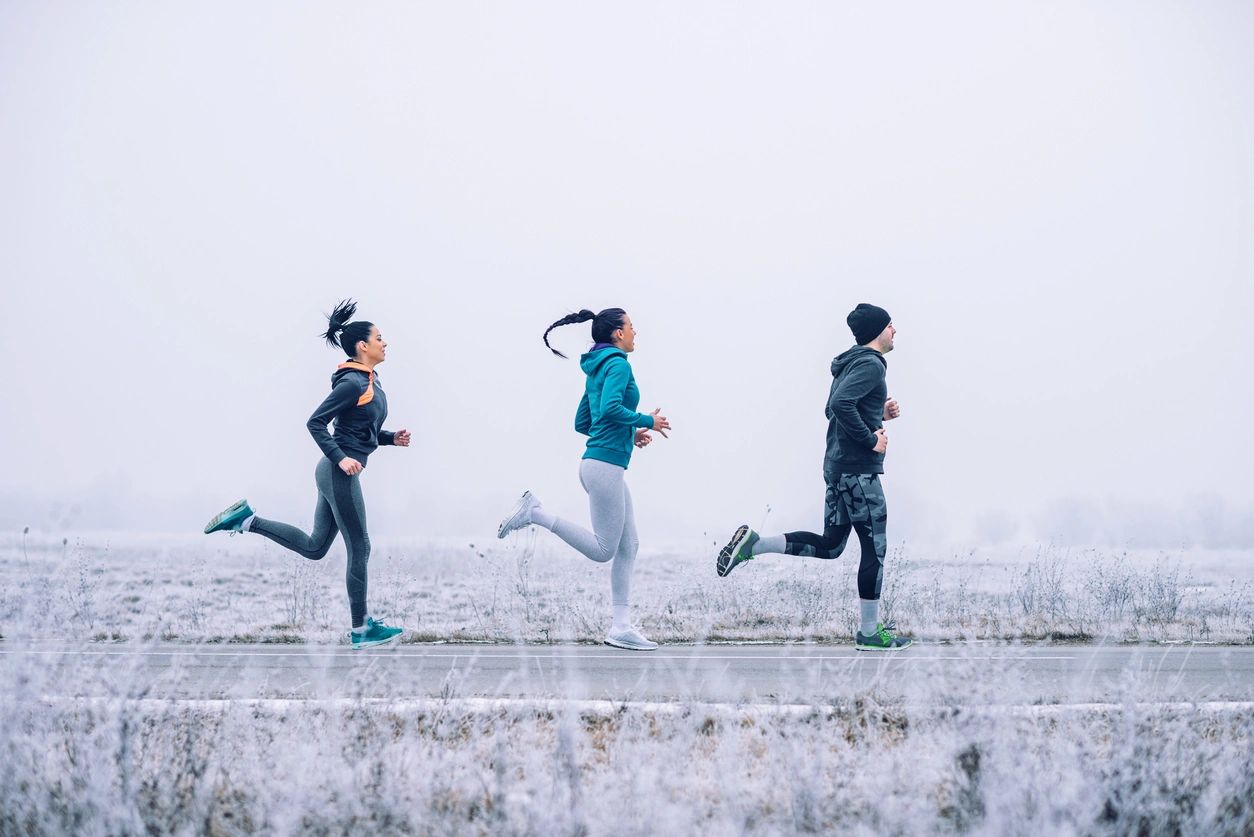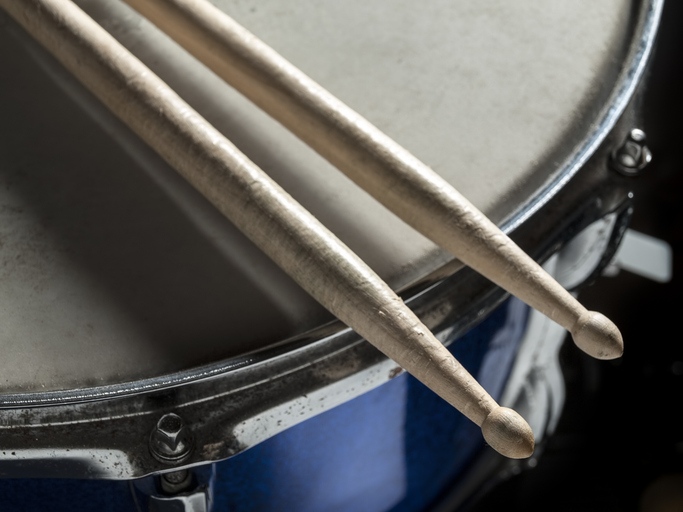I get asked a lot about recommendations for middle distance school runners. We have made plenty of mistakes and done plenty right. Here is some of what we have learned.
Generally, my answer is to keep it fun. Unless your child has a strong genetic component(and that is not uncommon) understand that this is a mountain that isn’t going to be climbed during one season or even three. If they are a naturally gifted distance runner, the advice isn’t all that different – just understand that other runners may catch-up as those runners mature. Running can be a lifestyle and a lifelong journey. Here are a few basics to pay attention to for new runners(middle school focus):
Nutrition: Young runners need calories. If they don’t get enough calories, they will very possibly under-perform or get injured. They probably need a snack maybe two hours before practice. We like bagels and bananas. Granola bars and Cliff bars also work well. Nutrition can be tricky. If they are racing at 5:00PM, they probably need an actual meal about 2.5 hours before the race. Also, eating a snack right after practice is highly recommended as their bodies are going to be looking for nutrients to fill the nutritional deficits created by practice. Chocolate milk about an hour after practice is a big bonus. If you are watching what you eat as a grown-up, it can be TOUGH to feed a runner…but they gotta eat. Greasy foods are a big no-no during season. Things like hamburgers and fries can take a wrecking ball to their stomachs and overall well-being the next day. If you have a female runner, you need to 100% be aware of the female triad. Link is here:
https://www.loyolamedicine.org/newsroom/blog-articles/female-athlete-triad
Hydration: If you have done any amount of distance running, you know the price of not drinking enough water. You basically hit the wall after mile one or two, and can barely move. Most middle school and high school XC teams practice during August and September after school. They can be really HOT. So, they need to get plenty of fluid during the day, but don’t over drink and don’t drink too close to practice – puke city. Gatorade does work, but if you drink it right before a race or workout, it can do strange things – make you feel bloated, side stitches, slow. Sports drink syrup is not great on stomachs. But….Gatorade can be good if you cut it with water by half 30mins prior to a workout. It is highly important to drink after practice, and that is a great time to drink normal strength Gatorade or Powerade.
Sleep: Your body heels itself when you sleep. As soon as your eyes clothes, the construction crews in your body set-up shop and start fixing things. Any workout creates micro tears in your muscles, which once healed, grow back stronger. It is why you are often sore after a workout. It is why you get stronger as your body adapts to a new stimulus. Sleep also heals the mind, and allows your body to recharge. During season 9 hours of sleep is the minimum needed. You may find 10 is better.
Check Iron Levels: This is truth for BOTH genders. I know iron levels are monitored more in women than in men. However, when kids are growing(or if they are heel strikers) they can use a lot of iron. When iron gets low, you can have a runner go from performing great to not being able to finish practice within a week or so. It seems sudden, and can be alarming. Ask your pediatrician about a ferritin or iron check. Ferritin is easier to check, but just be aware that sometimes ferritin can be elevated due to inflammation. We generally check twice a year. Any iron supplements need to be done at the advice of a doctor and under their watchful eye. Too much iron has nasty effects, and you don’t want to go there. Also, keep in mind if their iron gets low, it can take 3-4 weeks for them to feel normal again. Be patient.
Run in Beautiful Places and Stay off Concrete: Pavement isn’t much better, but concrete is bad news on young legs. Preferably go to places which are gravel or grass or mulch. Be “Type A crazy” about surfaces. If you don’t, injuries can and will occur more frequently. Kids should also run in places which are interesting. There are many local railroad beds which have been converted to trails. There are parks which are great for running.
Run with Them: You probably won’t always be able to do this as they get really fast, really quick. You should run with your kids on their easy days. Even if you can’t keep up, set up a loop and just jump-in as they come by. Kids in middle school can be sketchy about parent interaction, but they seem to enjoy being active with parents.
Stretching: We prefer dynamic stretches. As the name implies, dynamic stretches require movement. Static stretches can sometimes really make them slow during a workout, but then again, we are all different. I do know some runners who use static stretches successfully. Google some great dynamic stretches on the internet for runners.
Cool Down: I am a huge believer in cooling down. Have them run 400-800 meters after a run at easy, conversational speeds. This shuttles any lactate out of their muscles, and sets them up for a good run the next day. I had a swim coach who taught me this. Even as an adult, when I don’t cool down…I feel like crap the next day. I generally walk about 0.25-0.50mi after a run.
Mileage: Be very, very careful with this. I generally follow an 80/20 or 90/10 rule. 80% of what they do should be easy running. But remember if they train slow, they probably will race slow. So, about 10-20% of their weekly mileage needs to be medium to fast. I don’t recommend any time trials of any kind. Resist the urge to track that type of progress. Race pace and PRs should be reserved for races. You don’t want PRs in practice. When increasing mileage I follow a general rule of 10% increase each week for three weeks. The fourth week should be a consolidation week where you drop back to 75% of the third week, and let their bodies catch-up. During week five, begin where you left off during week 3. You may have a runner who can only run a couple of minutes during the first week. That is ok! Slowly add minutes each week. If you don’t add mileage slowly, there is a heavy price to be paid. I recommend The Youth and Teen Running Encyclopedia by Grant and Molvar. It sounds trendy, but its running doctrine is sound. Kids should always have at least one day off a week – always. Once they are in-shape, this is a good, quick article about mileage from the aforementioned author’s website:
https://www.youthrunner.com/news/story/summer-mileage-guide-for-cross-country-athlete
Racing: DO NOT over-race. I cannot over stress this. Races are fun for parents to watch, but they hard work for young runners. Resist this urge. Races should always serve a purpose. Training is how they get better – not racing. Don’t spend hard earned aerobic deposits on a race which doesn’t matter. After every season, runners should have some down time.
Cross Training: Repetitive motion causes injury in isolation. Say until it is burned in your brains forever! Young runners should also be biking, swimming, hiking, and maybe even playing another sport altogether. Great distance runners are often discovered on soccer fields and basketball courts.
Shoes: How in the world did I leave this until the end!? Invest in good running shoes. We are big fans of NIKE, ASICS, New Balance, and Adidas. I highly, highly recommend going to FleetFeet(or a place like it) and learn about supinationp/underpronation and pronation and neutral. You need to know your kids’ running gate and where they put pressure on their shoes. Read thoroughly about shoes. I highly recommend rotating at least 2 pairs of training shoes each week – swap them out every other day. Spikes will work, but kids can also just use their training shoes during a race. There are some great carbon shoes for running, but I don’t recommend training in them other than for fast workouts. In high school, we generally keep 2-3 pairs of trainers, a low drop(heel to toe) workout shoe, a higher drop/stack workout shoe, and a couple of pairs of carbon spikes. Yeah, that is expensive. But…you don’t have to start with that. A couple of pairs of trainers and one pair of racing shoes will work.
Running Watches: I don’t recommend having kids wear them during races. They need to learn to run by feel and by effort. If they become dependent on watches during races, it can be a very hard habit to break. They need to “race not pace.” They become slaves to their watches. For practice, watches are great. They keep track of overall distance and intensity. For races, they need to run free. Garmin and Apple have great selections. Used watches are a good option for beginners.
Discover more from Rob's Innovation in Education Blog
Subscribe to get the latest posts sent to your email.




